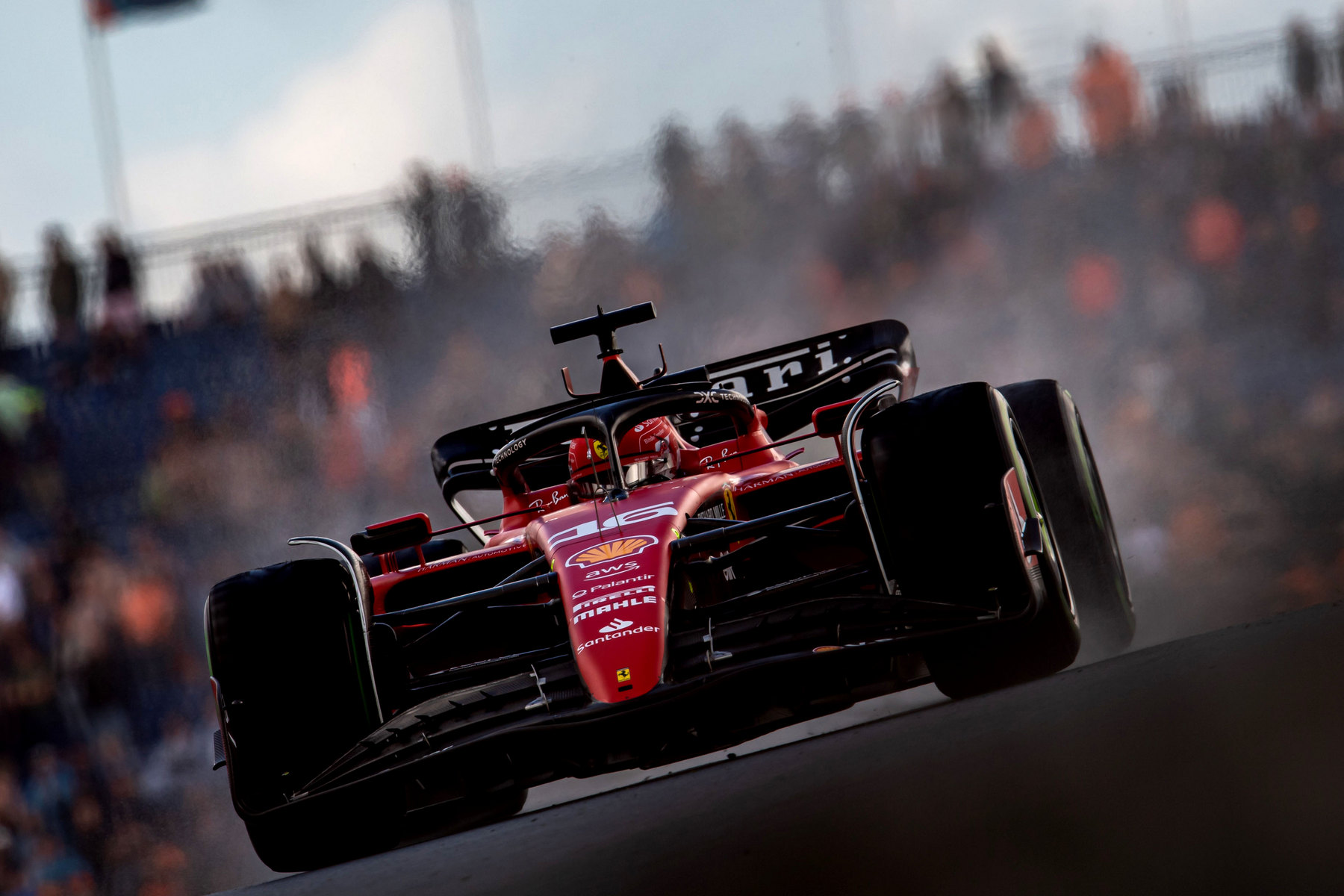
Formula One is a very technical sport. Engineering is a big part of it, so naturally, one will hear a lot of scientific terms being thrown about. Oversteer and understeer are just some of those terms.
Every so often you’ll hear a driver or engineer talk about one of the two; for new fans, it can leave many questions in mind. However, these terms do not only confuse new fans, as often, some people who have been following the sport for a while often get confused about it.
F1 cars take corners at very high speeds, and many times, the cars often lose grip on the track which can affect how the car makes it out of the corner. Such scenarios are when we see either oversteer or understeer.
Oversteer explained
When going into a corner, the rear tyres can lose grip before the front tyres. This results in the rear end sliding outwards, making it difficult for the driver to control the car. When the rear tires are worn out, this can reduce grip, causing oversteer to be more pronounced.
To put it into context, let’s look at an on-track example. Say a driver is going into a left-handed corner, the driver will obviously turn the steering wheel to the left. When the car experiences oversteer, on an onboard you will notice that the steering wheel will snap to the right before the driver quickly turns it back towards the left in an attempt to correct it. This is generally when you see the cars drifting at corners.
Simply put, oversteer is when the car turns more than intended.
Understeer explained
Understeer is a phenomenon in which the front tyres lose grip before the rear tyres. This causes the car to keep moving straight ahead even when the driver continues to turn. When the front tires are worn out, this reduces grip, causing understeer to be more pronounced.
To put it into context, let’s look at an on-track example. We will use a left-handed corner again. Say a driver is going into a left-handed corner, naturally, the driver will turn the steering wheel to the left. When the car experiences understeer, on an onboard you will notice the driver turning the steering wheel more deeply to the left. The driver will keep turning the steering wheel even more to the left to try and correct it. This is generally when you see the car taking a wider line or forced to go out of the track limits.
Simply put, understeer is when a car turns less than commanded.
Are either avoidable?
It is quite rare to find an F1 car without oversteer or understeer. Instead, what teams do is try to build cars that are a balance of the two, and/or align with their drivers’ driving styles, as well as the aerodynamics of the car.
Teams go with a different setup for each circuit, as each track has its own unique characteristics. Over the weekend’s sessions, teams have ander chance to play around with set-up to find the perfect balance for Sunday’s race. How the car behaves at the track will determine which set-up the team goes with.
For one, the configuration of the suspension system is taken into account. If the front suspension is stiffer than the rear suspension, it tends to result in understeer. In contrast, if the front suspension is softer than the rear suspension, it tends to increase oversteer. The teams and drivers work to adjust the suspension setup to attain the desired balance and handling qualities for each track.
Weight distribution is another factor. Engineers try their best to achieve an almost perfect weight balance as it is essential to achieve a high performance. However, factors like fuel load, tyre wear, and aerodynamics can alter the weight distribution which affects the car’s handling. Therefore, teams consistently analyze and make necessary adjustments to maintain optimal weight distribution and minimize the occurrence of understeer or oversteer.
Track conditions are impossible to control, as no one can control the weather. Therefore, teams are always using metrological information to better assess what set-up would be best.
What do the drivers prefer?
At the end of the day, it is the drivers who have to deal with the phenomena of oversteer and understeer. Each driver has their own preference, as each driver’s driving style is unique. Understeer is considered relatively easy to control and correct, making it safer, whereas oversteer requires considerably more skill. With time, drivers learn what works best for them and their car, as each car has its own unique behavior too. In Sebastian Vettel’s own words;
“I don’t like it when the car is really understeering. With oversteer, you have room to make moves.
“With understeer, there are some driving techniques, but your hands are a bit less free. I like it better when the rear end is loose a bit, it helps you turn.”
“Obviously if the rear is very unstable, you lose a lot of time and nobody likes that.
“Every car has its own unique behavior.
“Of course, everyone has their own preferences, but if you are happy and satisfied with everything that is going on around you, you can adapt very quickly, master the car and push it to its limits in one way or another.”
Understeer can damage lap times as it limits a car’s ability to enter corners at high speeds. With understeer, the driver must slow down to make up for the lack of grip and prevent it from running wide. This greatly compromises the car’s overall performance and hinders the driver’s ability to overtake opponents or to have a good lap during qualifying.
Oversteer is harder to control. However, it can be used to the driver’s advantage in certain situations. F1 drivers are skilled and can therefore use controlled oversteer to rotate the car and achieve faster corner exits, allowing them to be more competitive. However, too much oversteering can lead to a loss of control and potentially result in a spin or crash, so finding the right balance is important.












